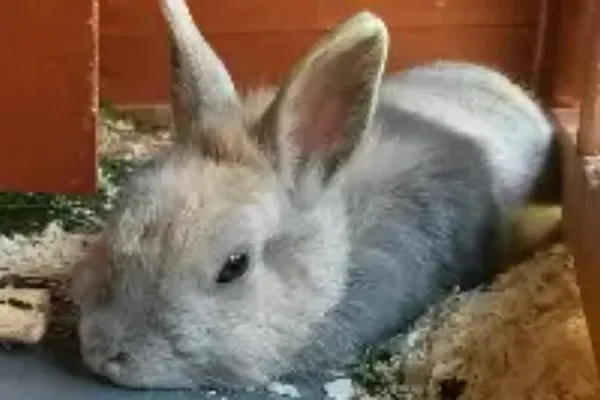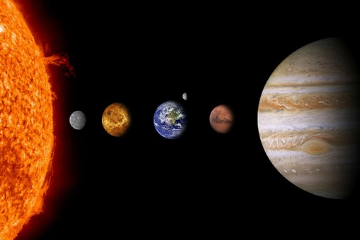WunderQuiz
How well do you know animals? (part 1)
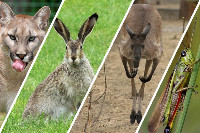
How well do you know animals? (part 1)
Can you find the right answers about the world's animals?
Quiz Preview
Which animal jumps the highest?
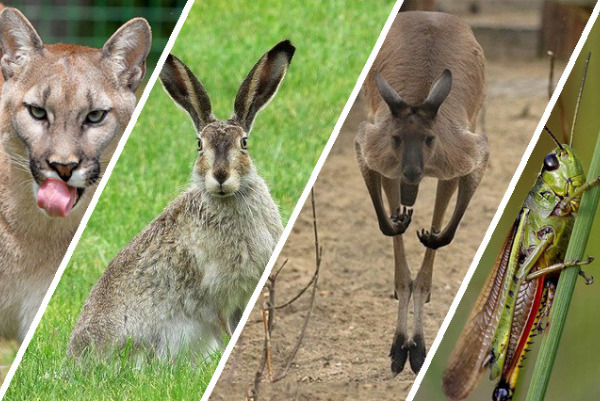
The puma can leap up to 5 meters high, without momentum.
Frog or toad, how can you tell at a glance?
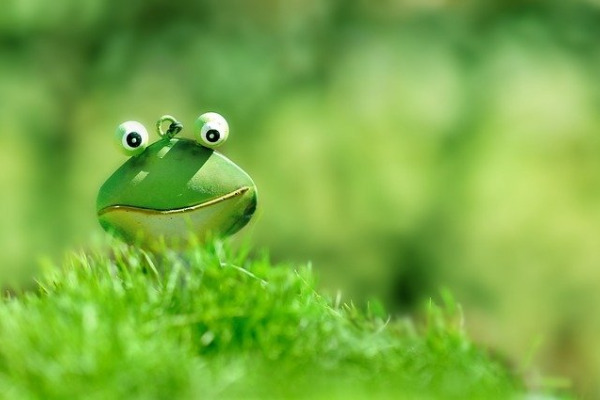
The frog's skin is shiny and moist, while the toad's is covered with warts, those big, unattractive pimples. The frog is not the toad's female!
Why do camels have humps?
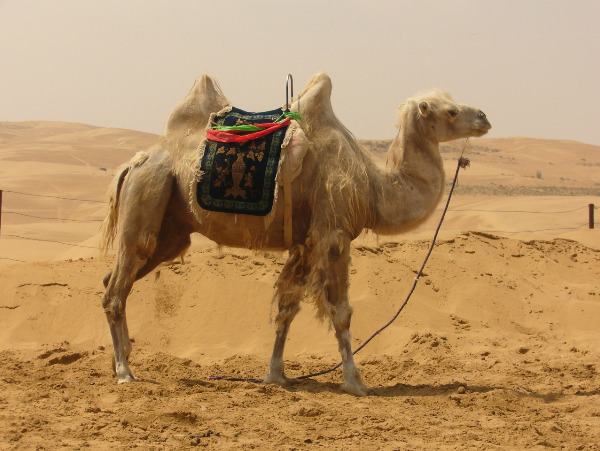
Camels have humps because food is scarce in the desert. To survive, camels have adapted their bodies: 2 humps on their backs are filled with fat. When they have nothing to eat for several days, they use these reserves.
Why does the cow chew all day long?
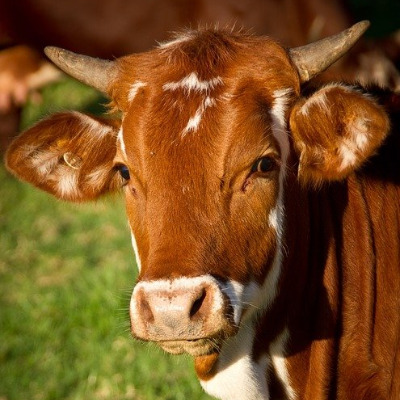
The cow grazes: she cuts the grass without chewing and sends it into the rumen (the first pouch of her stomach). There, the grass is gradually transformed into mush. The cow then returns it to her mouth and starts chewing again! It's called ruminating. Once swallowed again, the grass passes through filters, pipes, pockets...
Finally, it's digested, and the cow hasn't stopped chewing!
Why do mosquitoes make noise when they fly?
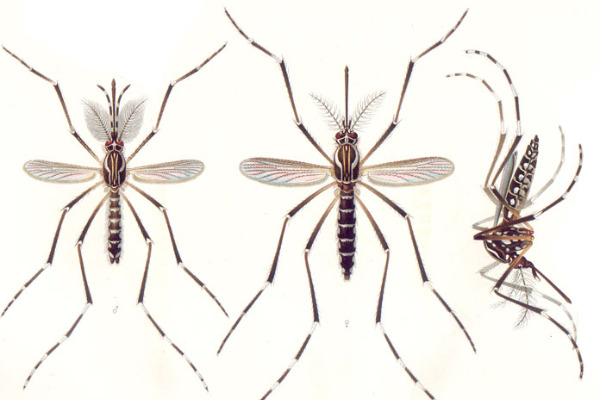
When they fly, mosquitoes flap their wings up to 2,000 times a second!
It's this rapid vibration that produces the distinctive sound that annoys so many humans.
How does the giraffe drink?
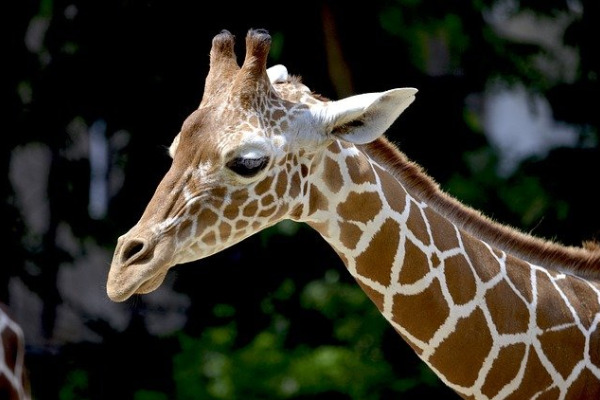
The giraffe's large legs are handy for catching leaves at heights of over five meters. But to drink, the giraffe has to spread them apart so that its mouth can touch the water.
Does a snail eat chalk?
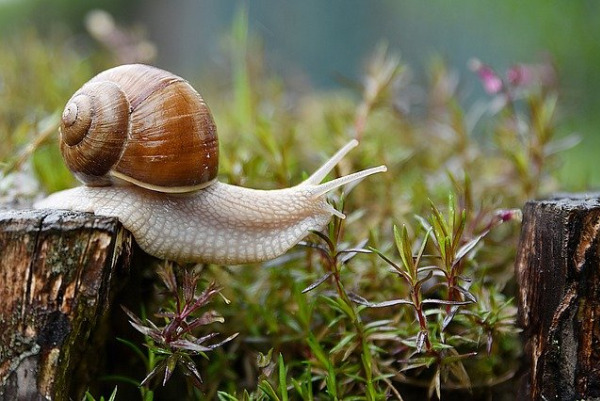
Chalk makes snails' shells harder and therefore more resistant.
Why do insects circle around lights at night?
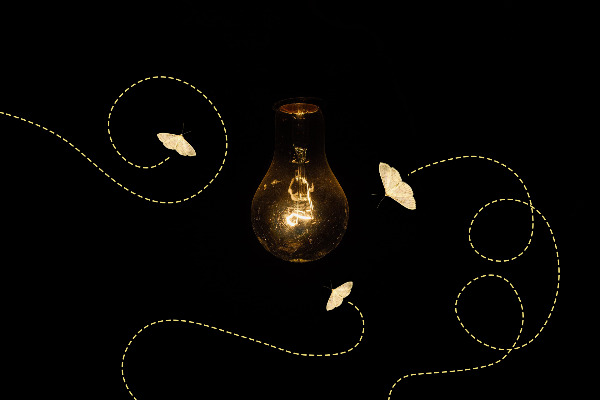
When they fly at night, insects use the Moon to find their bearings. So when they see a light - a street lamp, for example - they think it's the Moon! They lose their bearings and circle the light source.
Which is the fastest insect?
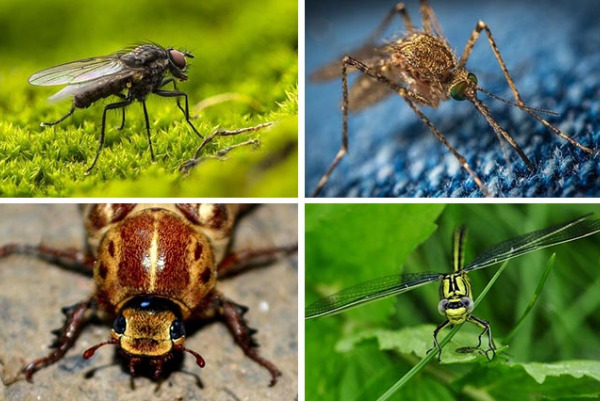
With its 6 legs, the cockroach can reach speeds of 10 km/h, a record!
The fly can reach 8km/h. The dragonfly reaches 5.4 km/h. And the mosquito can reach 2.4 km/h.
Why do ants move in single file?
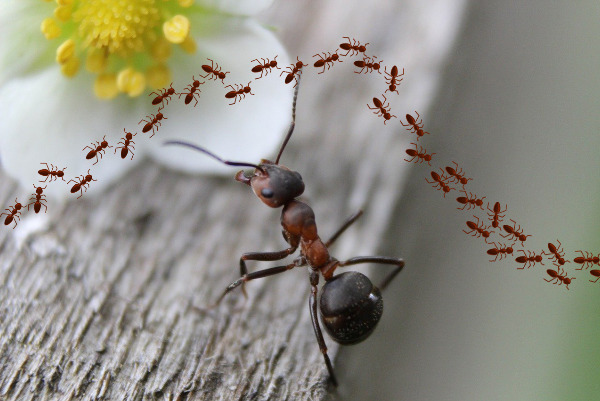
Ants move in single file, simply to avoid getting lost. So when the first ant leaves the anthill, it leaves a scent behind. The others follow this scent path, so they walk in a line.
What is the name of the female hare?
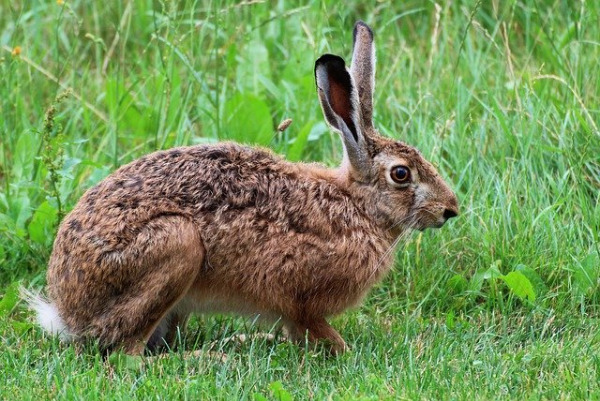
Doe
Just like female rabbits, a female hare is typically referred to as a doe. The male is called a buck, and their offspring are known as leverets.
Why is the platypus a special and unique mammal?
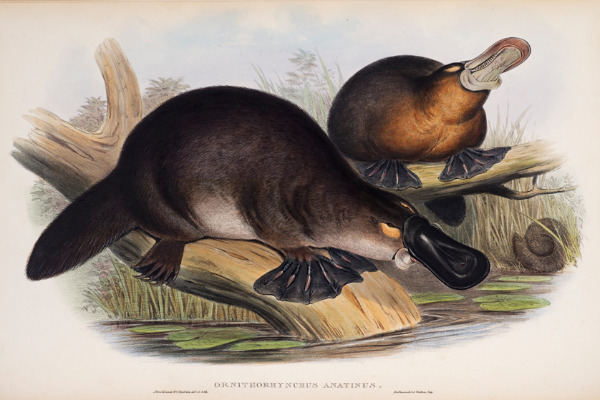
First and foremost, the platypus is the only mammal that lays eggs. To incubate her young, the female wraps her tail around them, folding it over her belly. To feed them, the female lets her milk run down her fur, as she has no udder. The male, on the other hand, has a sting on his hind legs, making him the only venomous mammal.
What a strange animal!
